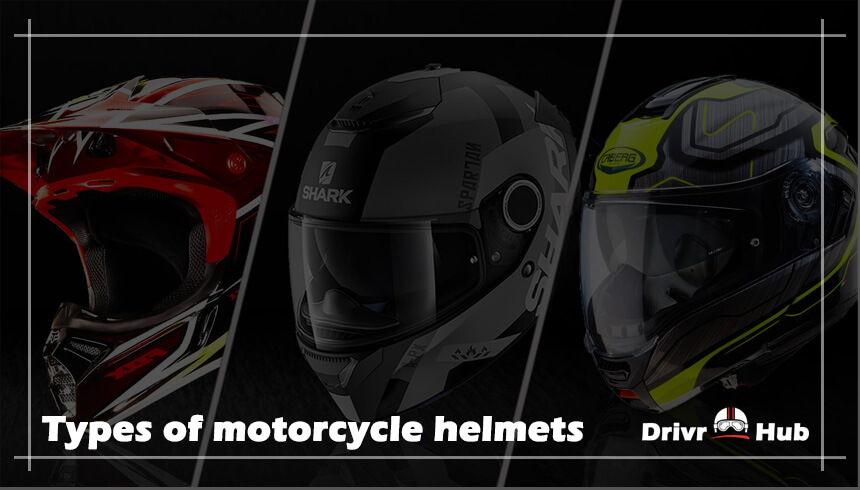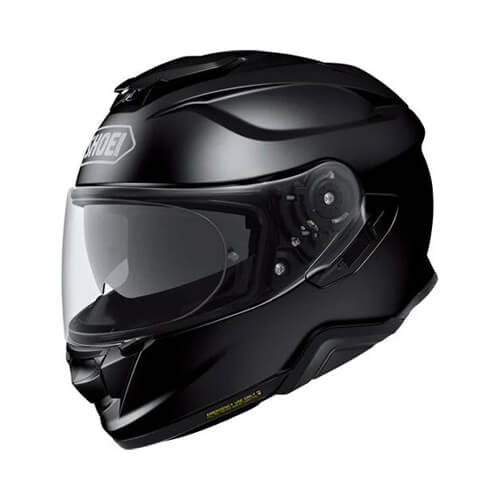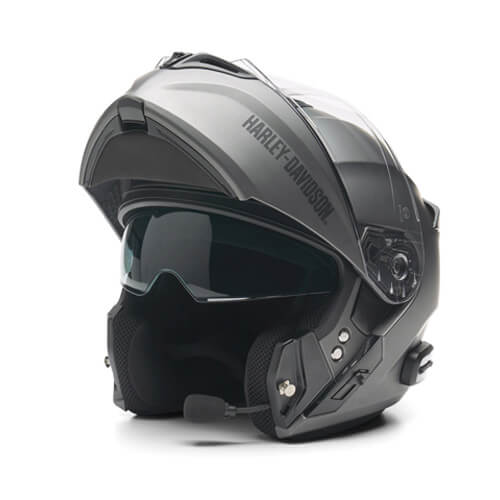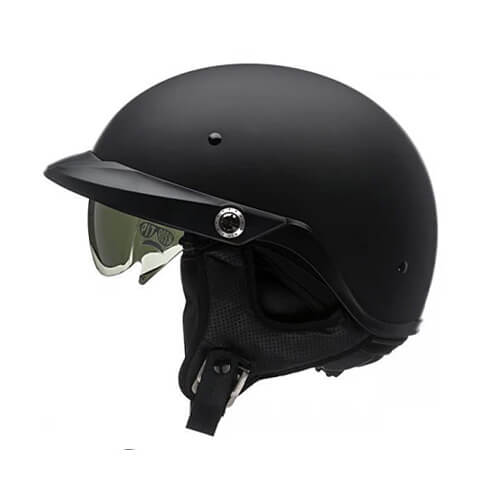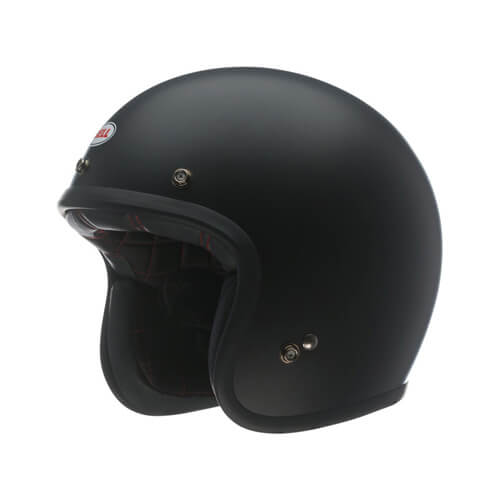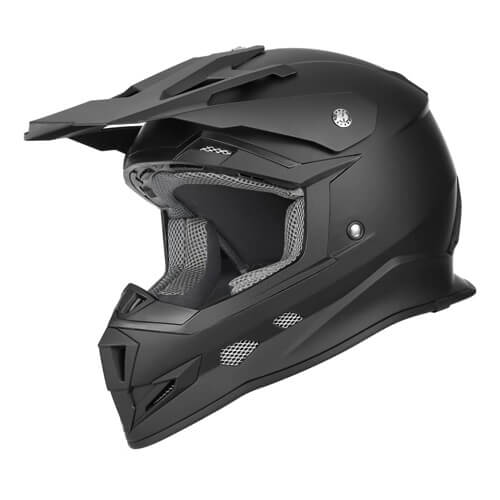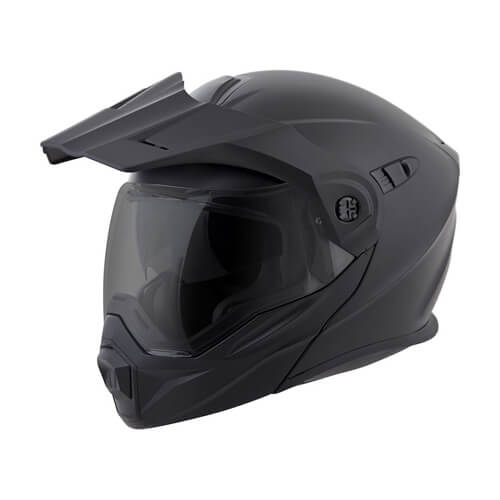Comfortability while riding a motorcycle is largely dependent upon the helmet. To help you choose the most suitable options among different types of helmets, we have collected all the necessary information about them: the pros and cons, for whom this or that type is more suitable, and for whom.
All information is laid out in detail, with photos and tables to accommodate.
So, what are the different types of helmets?
Different types of motorcycle helmets
Full Face

They are one of the most popular models, as in terms of safety they are in the first place. This helmet is a one-piece and very robust construction that completely covers the head, face, and neck of the motorcyclist.
Always equipped with an external visor. Thanks to the streamlined shape have good aerodynamics, due to which a strong stream of oncoming air does not cause unpleasant feelings.
The integrity of this helmet guarantees better protection in case of a fall because the main feature is the reliable protection of the chin, damage which occurs in 35% of accidents on the roads.
- the safest of all types of helmets
- low aerodynamic drag
- one of the quietest in its price category
- additional options, such as a built-in Bluetooth headset with a hands-free mode
- protection of the biker from any natural nuisances – dust, wind, rain, and even insects
- not always well ventilated
- they are the heaviest of all
- does not always have a very wide field of view
Modular
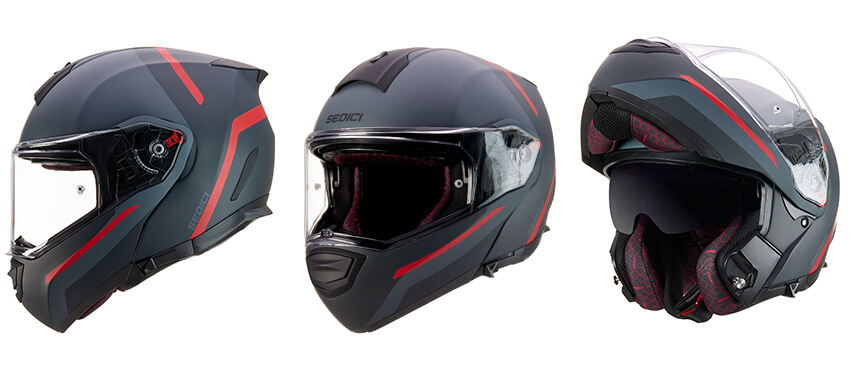
Outwardly, it looks exactly like the full-face helmet, but it has ONE main difference – with one movement of the hand, the front of the helmet can be raised to easily open access to the face. This is convenient if you often need, for example, to smoke, drink or for any other reason you need access to the face.
Accordingly, the modular weighs more if we compare it with other types of helmets in its price category. In terms of safety, it is significantly inferior to the full-face helmet. Mainly, because of the open type of construction. More often than not, the folding chin arch is not included in the building structure of the helmet. At the first fall and contact with asphalt, a modular helmet will not protect any better than an open type of helmet for example.
However, It is a great option for riders who travel long distances. Another obscure nuance regarding modular: As a general rule, this type of helmets is slightly smaller in its external parameters than the full-face helmet. This is important if you want a smaller helmet. For example: if you desire a helmet that takes up less space while traveling with luggage.
- versatility and a high level of comfort
- great for driving long distances
- Some models are equipped with a built-in Bluetooth headset for hands-free calls, built-in speakers, and sometimes a rearview camera which displays images on the main visor of the helmet.
- in terms of protection, they are inferior to full-face
- high level of aerodynamic noise
- low structural strength (due to a large number of moving elements)
- relatively heaviest of all
- insufficient durability due to the complex device.
Pay attention when choosing a modular! Certain modular models have the chin and visor opening at the top of the helmet and while riding with it open, the aerodynamics deteriorate. This makes it impossible to ride with an open modular at high speeds. However, there is The Shark Company that manufactures modular helmets with patented technology: when you raise the chin and visor, the visor remains at the top of the helmet, snug against it, and the chin rotates backward. Accordingly, with this option, the aerodynamics do not deteriorate and you can comfortably ride at high speeds, with an open helmet or with a closed one.
Open face / 3-4
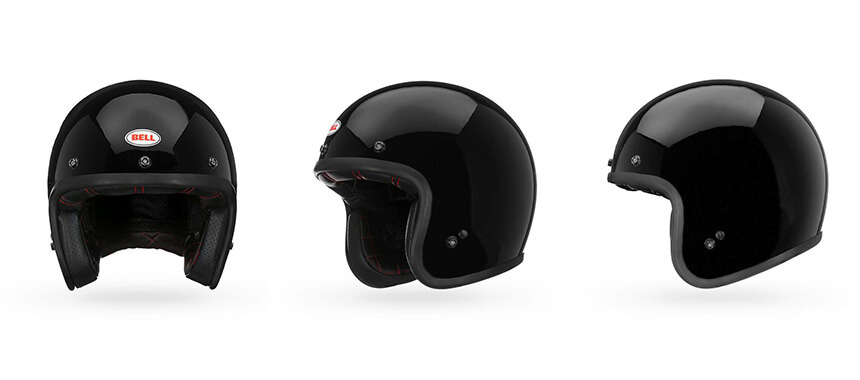
These helmets offer no chin protection or face protection. They offer almost no protection so they are rarely used when riding motorcycles. It is fastened with a belt, lightweight and inexpensive. It is a good option for those who travel within the city at low speed, for example, on a scooter. If you decide to buy this type of motorcycle helmet, we can recommend our selection of the best 3/4 helmets.
- low weight
- good visibility
- ventilation
- low cost
- comfortable to use with various goggles and masks
- Lack of the main feature of the helmet – protection in accidents.
Half helmet
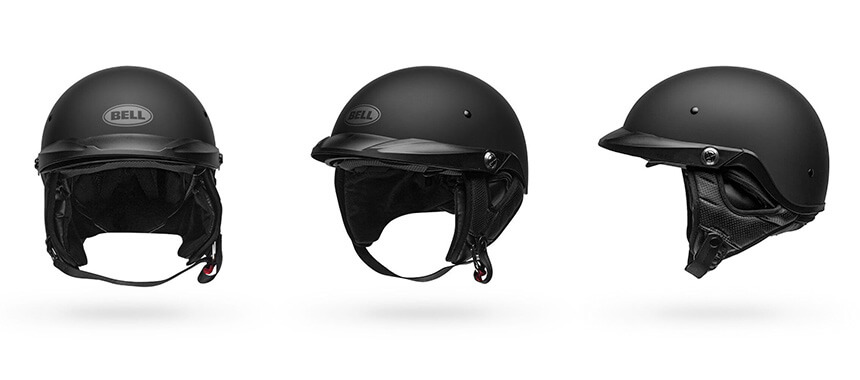
The first helmets in history were just open helmets, that is, half helmets. They cover only the top part of the head, leaving the entire face and jaw open. Sometimes bikers complement the half helmet with wide goggles on a tight elastic band. Helmets of this type are usually cheaper than others, and they are not particularly rich in comfort elements. Usually, this type of helmet is worn by owners of cruisers, retro bikes, and classics.
- stylish design combined with technology
- lightweight
- affordable prices
- minimum level of protection not safe enough for motorcycle use.
Crossover / Off-road
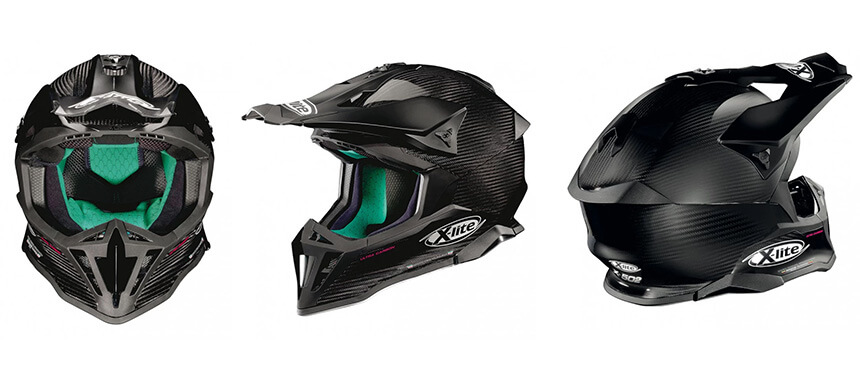
Helmets designed specifically for motorcycling. These helmets differ because the chin area is protruded forward to facilitate better rider breathing. Thus, allowing more air to enter your nose and mouth, which means you can breathe deeper and more freely.
In addition, the chin part is greatly strengthened and designed so that the rider who wears it will be better protected in case of a fall. Another distinguishing feature of the crossover is the lack of a visor.
Instead of a visor, riders who ride sports bikes wear special glasses called goggles. This is due primarily to the fact that they are constantly getting dirty. There is also a canopy in the construction of the helmet which protects the helmet from dirt. Crossovers are very lightweight.
- lightweight
- additional protection of the chin
- protection from dirt and the sun
- good visibility
- excellent ventilation.
- lack of visor
- aerodynamic pressure on the head.
Dual-sport
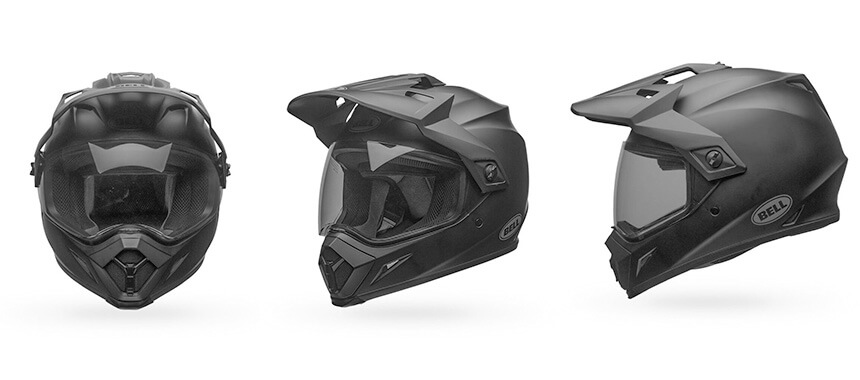
Almost the same helmet as the crossover, but differs by the presence of a built-in visor. A suitable option for those who ride in all seasons. It has the same pros and cons as the crossover.
Different Helmet Materials
Thermoplastic
The most common material for the manufacture of motorcycle helmets. Automated production and a minimum of manual labor together with shockproof plastic make these helmets reliable and affordable and therefore the most common.
Fiberglass
Better when compared to thermoplastic in strength, and durability. In the manufacturing process of such helmets, the proportion of manual labor is higher. Fiberglass helmets are very strong and relatively expensive, they are used in sports.
Carbon
Today these are the lightest construction, which is important when you buy a helmet. When riding a motorcycle, the head lends itself to heavy loads, during acceleration, braking, moving through bumps, etc. Preventing fatigue from wearing a helmet is an important factor for comfortable riding.
- very durable
- lightweight (carbon is the lightest material)
- light enough due to the small construction.
- price – carbon fiber helmets are much more expensive than thermoplastic.
Type of mount
-
Helmets on ratchets – a convenient and quick fastener for everyday and city driving, convenient fastening even in motorcycle gloves.
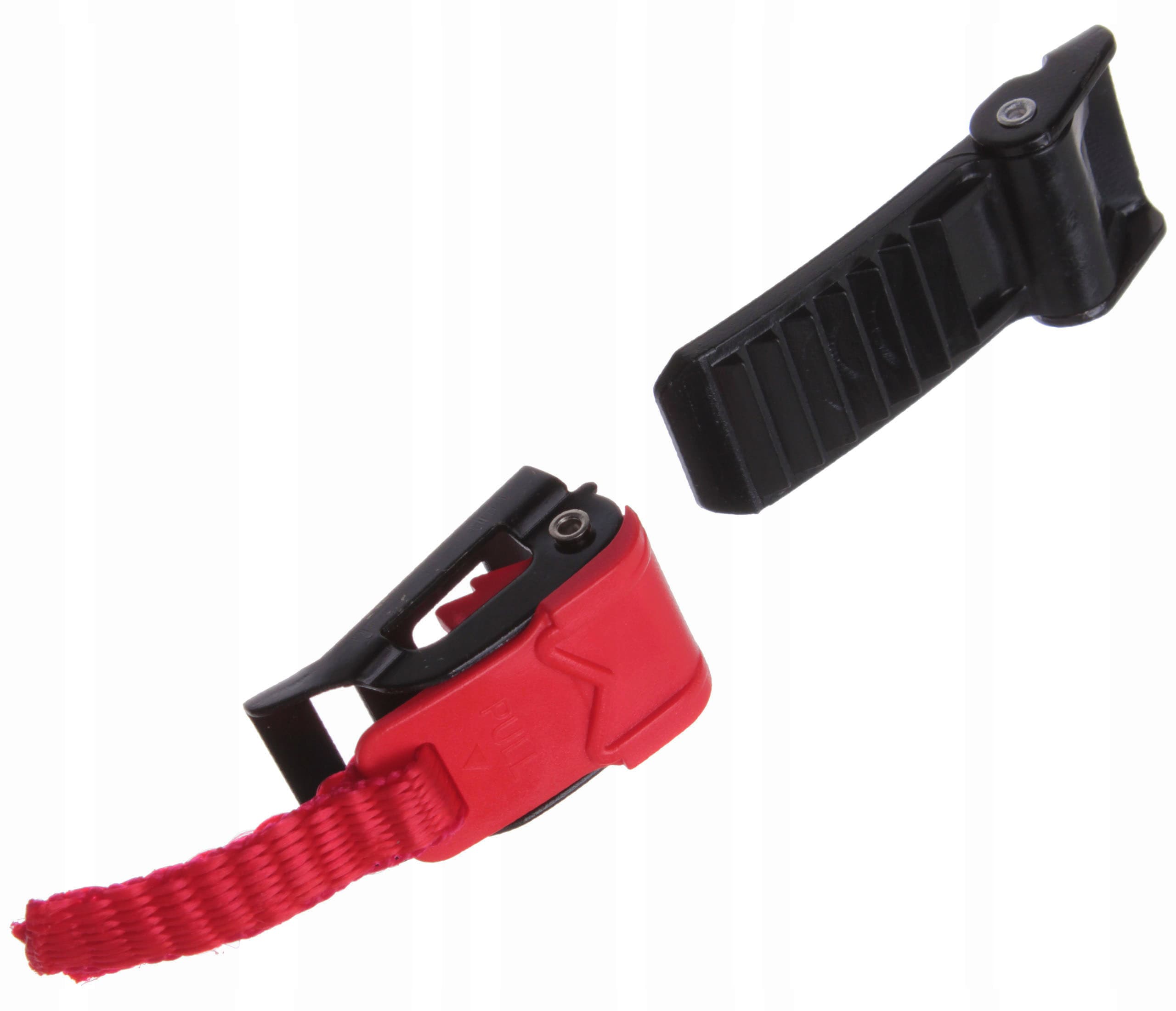
-
clasps “double ring” (DD-ring) – the only valid way to fasten, used on racing tracks, and at all sporting events. The method is not as convenient as a ratchet, but safer. It completely excludes even the theoretical possibility of unfastening the helmet during its operation. In addition, owners of helmets with a double ring claim that it is enough to pull a little at one of the ends of the clasp, move it away and you can remove the helmet. It is not necessary to unfasten the fasteners to the end.
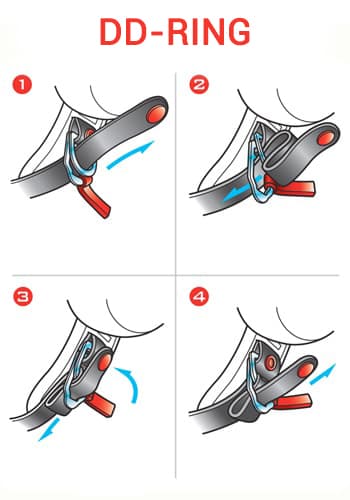
Our recommendations:
- choose a helmet with a pinlock (so that the helmet does not sweat);
- choose a helmet so that it already has sunglasses on
- choose a helmet that will keep you safe in case of an accident.
Conclusion
We have reviewed the main types of motorcycle helmets for city and road riding, and which one to choose is up to you, and when choosing a particular type of helmet, you should be guided by the type of motorcycle as well as personal needs and riding style.
The solutions with the highest level of protection are, of course, full face and modular. Lighter and more comfortable operation helmets of open type (such as 3/4 or half helmets) are perfect for leisurely riding on city streets and public roads.

